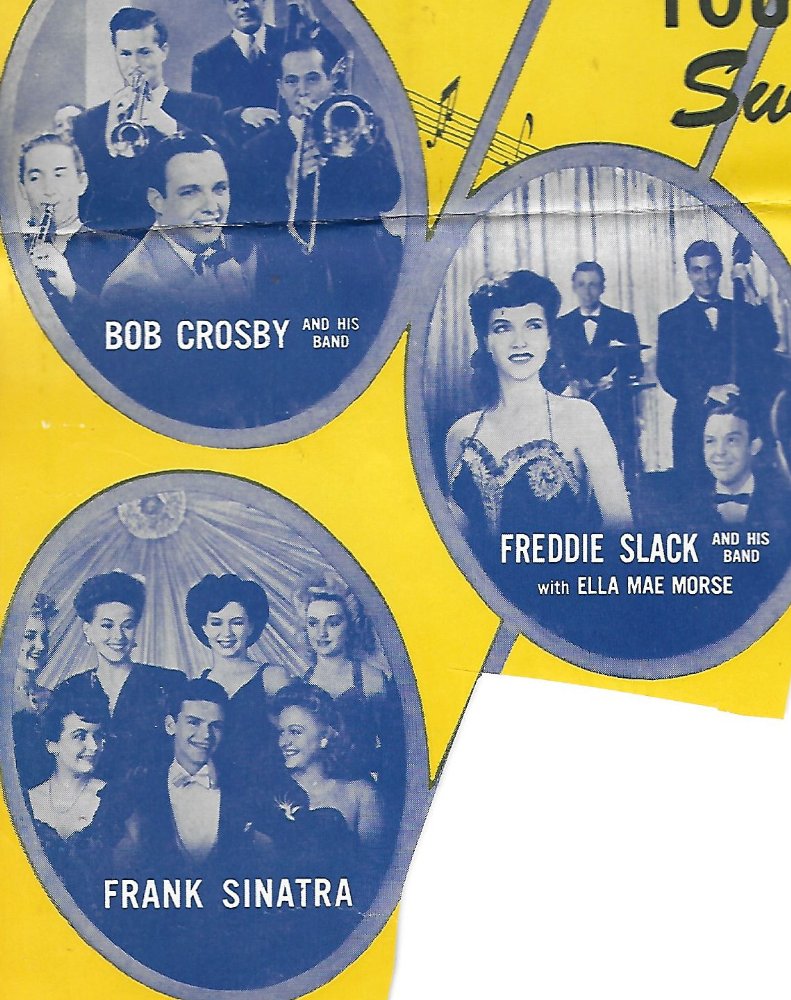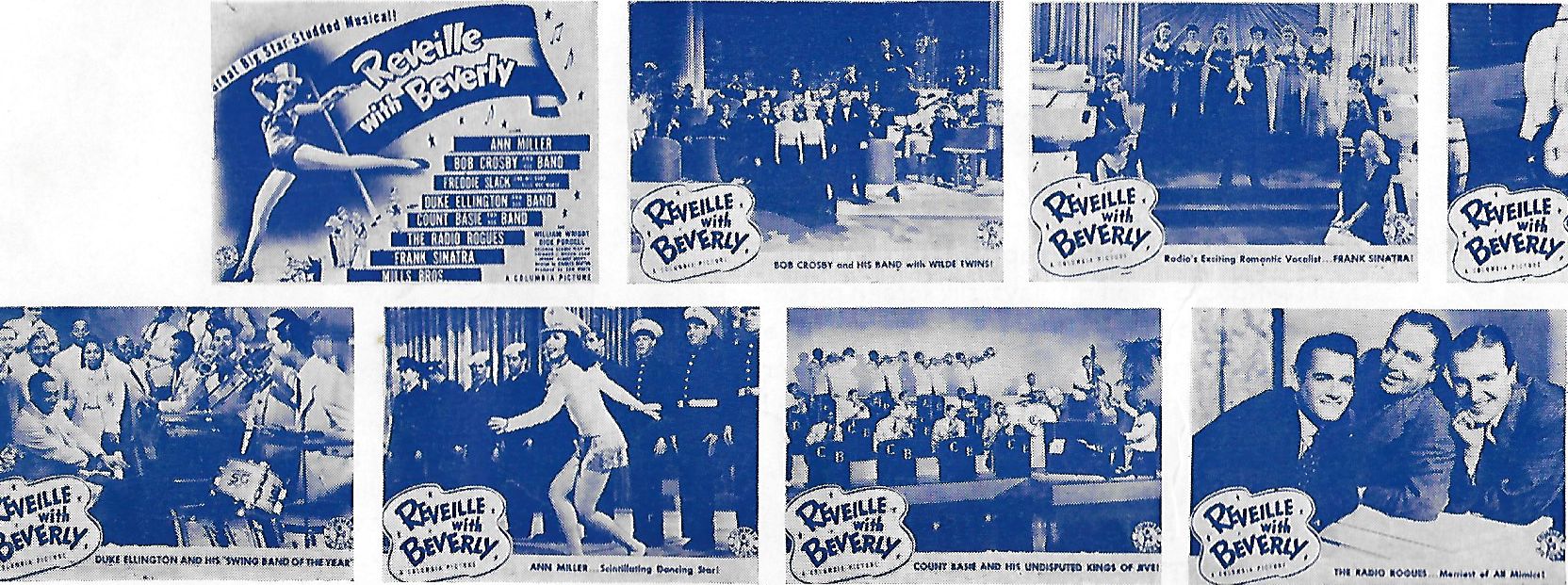Bob Crosby Orchestra
The members of Ben Pollack's band had been left stranded in New York City when Pollack quit. After breaking up, the band regrouped without Pollack in New York in 1934 with the saxophonist Gil Rodin, Pollack's former right hand man, as leader. They played for Red Nichols on the "Kellogg College Prom" radio show, and subsequently ...
Show more »
The members of Ben Pollack's band had been left stranded in New York City when Pollack quit. After breaking up, the band regrouped without Pollack in New York in 1934 with the saxophonist Gil Rodin, Pollack's former right hand man, as leader. They played for Red Nichols on the "Kellogg College Prom" radio show, and subsequently recorded under the name of their singer Clark Randall.A year later the band ditched Randall to try to make it on their own. When Rodin decided he didn't want to be the front man for the band, they offered Jack Teagarden the job as leader. Contracted to Paul Whiteman, Teagarden declined the offer, and agent Corky O'Keefe suggested three alternatives: singer Johnnie Davis of Fred Waring and His Pennsylvanians, Whiteman trumpeter Harry "Goldie" Goldfield, and Bob Crosby, who was singing with the Dorsey Brothers. Rodin had met and liked Crosby, and he was offered the position. The Bob Crosby Orchestra was incorporated with Rodin, Crosby and the Rockwell-O'Keefe Booking Agency as owners. Rodin was the guiding force behind the band. The Bob Crosby Orchestra, and its combo side group, the Bob Cats, is considered one of the greatest jazz bands of all time, although in the mid- to late-1930s, when swing was king, Dixieland was considered old-fashioned by many young hipsters, who lionized Benny Goodman. Crosby turned out to be the perfect front man, as he was popular with the audience. A friendly man, Crosby respected and admired his musicians and never interfered with Rodin's running of the band.The rhythm section was led by bassist Bob Haggart and drummer Ray Bauduc, the duo who wrote "South Rampart Street Parade" and "Big Noise from Winnetka," the latter turning out to be a huge hit. Other musicians featured in the band were Charlie Spivak and Billy Butterfield, and its singers included Kay Weber and Doris Day. The band's arranger was Deane Kincaide.Tommy Dorsey raided the Crosby band in 1938, purloining Kincaide, Spivak, and pianist Yank Lawson. As a consequence, the band began to deemphasize Dixieland in favor of more commercial arrangements. With lead vocalist Dorothy Claire, who was backed by Helen Ward and Johnny Mercer, the Bob Crosby Orchesstra became the featured band on the "Camel Caravan" radio program in 1939. Within a year, the band had left the Dixieland sound behind, using Paul Weston, Ray Conniff, Henry Mancini and Nelson Riddle as arrangers. The Bob-O-Links, which included future Glenn Miller vocalist Johnny Desmond, handled the vocals.By 1941, the band returned to its Dixieland roots, and featured Liz Tilton as vocalist. With the coming of World War II, the draft carried off many of the band's key members, including Rodin, and Crosby followed his older brother Bing into the movies in 1942. Eddie Miller was left in charge of the band, but it did not survive his induction into the service. Crosby himself was drafted, accepted a Marine Corps commission, and toured the Pacific Theater with various bands. Show less «
Bob Crosby Orchestra's FILMOGRAPHY
HD
Annabelle: Creation
IMDb: 7
2017
109 min
Country: United States
Genre: Thriller, Horror, Mystery
Twelve years after the tragic death of their little girl, a dollmaker and his wife welcome a nun and several girls from a shuttered orphanage into ...


